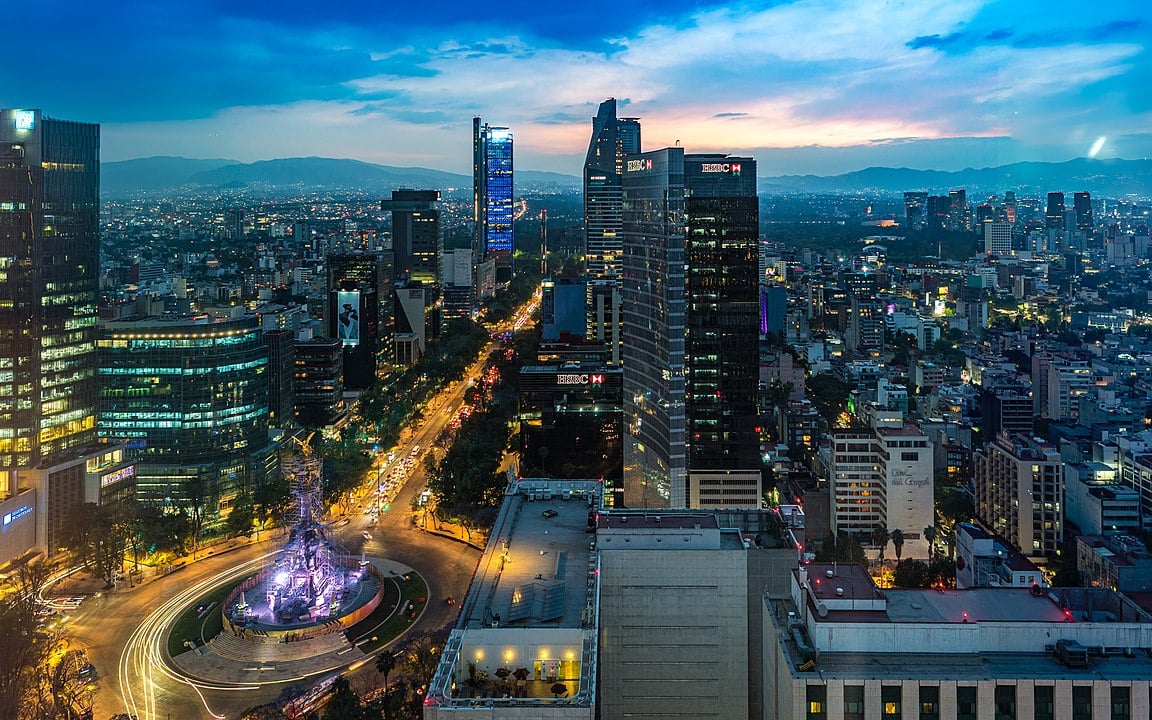Mexico's economic activity registered a contraction in July 2022, which points to its third record with losses, according to the National Institute of Statistics and Geography (Inegi). According to the results of the new Timely Indicator of Economic Activity (IOAE), a monthly var…





